
Bringing the San Joaquin Valley’s groundwater basins into balance by the early 2040s is going to be challenging, but two neighboring groundwater sustainability agencies (GSAs) in Madera County are collaborating to move the process forward.
The PPIC spoke with one engineering consultant and one general manager—Joe Hopkins of Aliso Water District Groundwater Sustainability Agency and Sarah Woolf of the Triangle T Water District—to hear about their agencies’ efforts to comply with the 2014 Sustainable Groundwater Management Act (SGMA).
Click here to read this article from the PPIC.
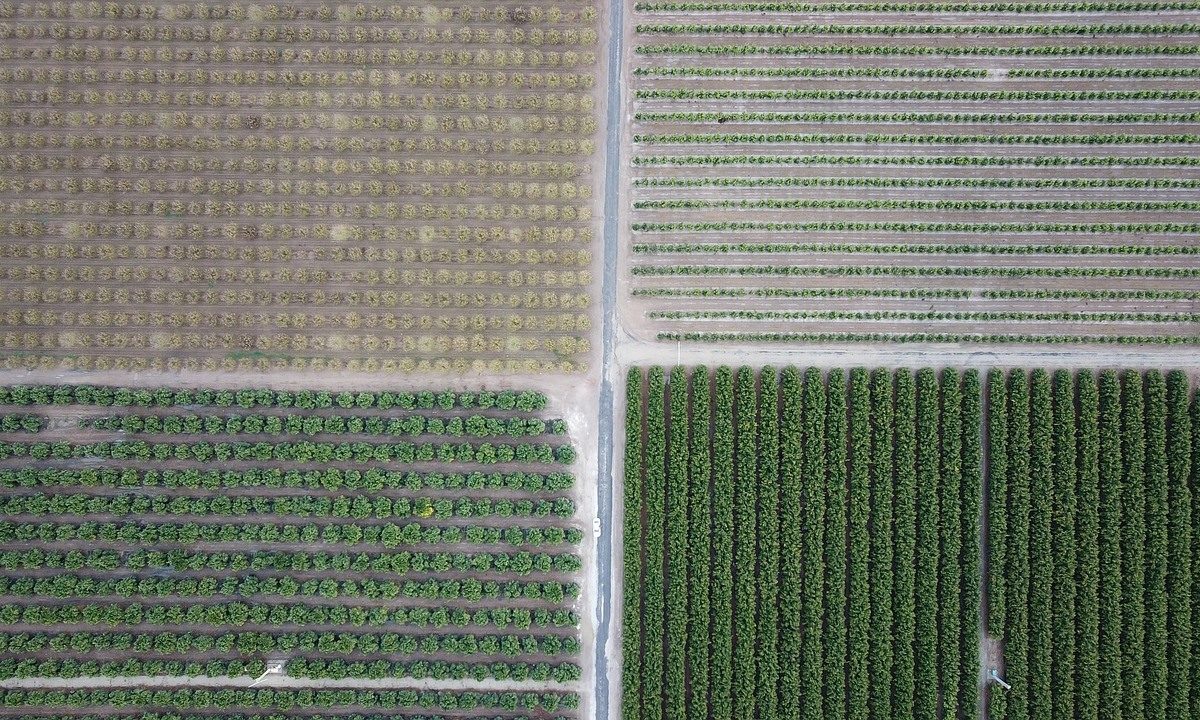
How Water Trading and Banking Can Support Groundwater Management
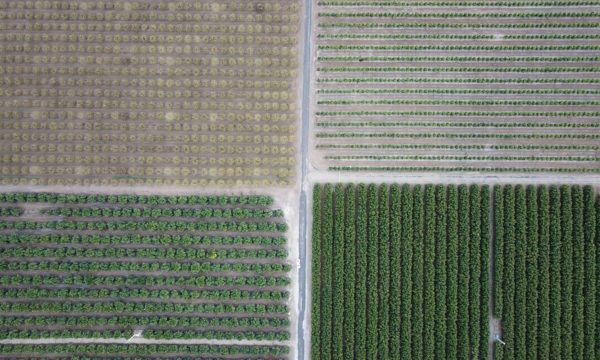 The Sustainable Groundwater Management Act mandates that local groundwater users bring their groundwater basins into balance by the 2040s, a process that will ultimately help individual users and their communities build resilience in an era of climate change.
The Sustainable Groundwater Management Act mandates that local groundwater users bring their groundwater basins into balance by the 2040s, a process that will ultimately help individual users and their communities build resilience in an era of climate change.
As groundwater sustainability agencies and others face a future of pumping reductions and subsequent land fallowing, water banking and water trading may prove important tools to help manage this transition.
However, a combination of aging infrastructure and complex, conflicting regulatory structures currently hinders the expansion of banking and trading. Multiple actors can drive reforms to streamline these practices.
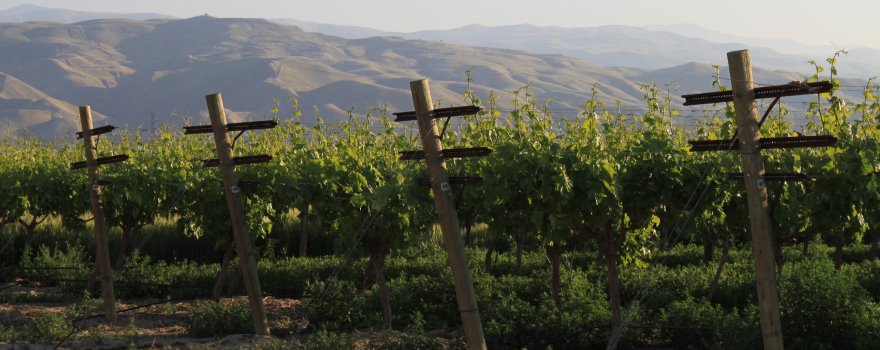
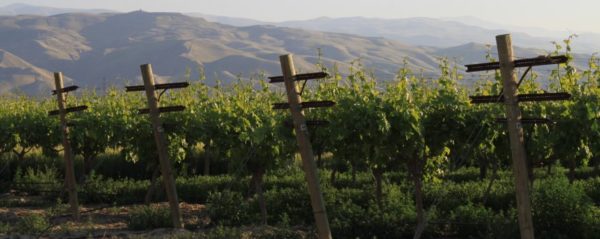 In March of this year, the Secretaries of the Natural Resources Agency, Environmental Protection Agency, and Department of Food and Ag tasked the California Water Commission with initiating a thorough and inclusive public dialogue to frame state considerations around shaping well-managed groundwater trading programs.
In March of this year, the Secretaries of the Natural Resources Agency, Environmental Protection Agency, and Department of Food and Ag tasked the California Water Commission with initiating a thorough and inclusive public dialogue to frame state considerations around shaping well-managed groundwater trading programs.
At the June meeting of the California Water Commission, the commissioners heard from a panel of speakers who discussed why groundwater sustainability agencies (or GSAs) might consider markets, what groundwater trading entails, its opportunities and limitations, and how it is connected to water accounting, allocations, and sustainable groundwater management.
The first panelist was Dr. Newsha Ajami, the Director of Urban Water Policy with Stanford University’s Water in the West and an appointed member of the San Francisco Public Utilities Commission who gave a presentation on using a cap and trade scheme to diversify water supplies. You can read her presentation here: Dr. Newsha Ajami: Enhancing Regional Water Sustainability through Virtual Water Trading
Next, Steven Springhorn, the Acting Deputy Director of Statewide Groundwater Management at the Department of Water Resources, highlighted how the Sustainable Groundwater Management Act and related activities provide a framework and foundation to build off of to develop efficient and equitable markets and how those markets can help to collectively and successfully implement SGMA. He also discussed the assistance available from the Department for SGMA implementation that can facilitate local agencies working towards developing allocations and markets. You can read his presentation here: STEVEN SPRINGHORN: Water Trading & the Sustainable Groundwater Management Act
The third presenter was Dr. Christina Babbitt, the senior manager of the Environmental Defense Fund’s California Groundwater Program. Her presentation focused on advancing well-designed water trading programs in California and included an example of EDF’s work with partners to develop a groundwater trading platform. You can read her presentation here: DR. CHRISTINA BABBITT: Advancing Well-Designed Water Trading Programs in California
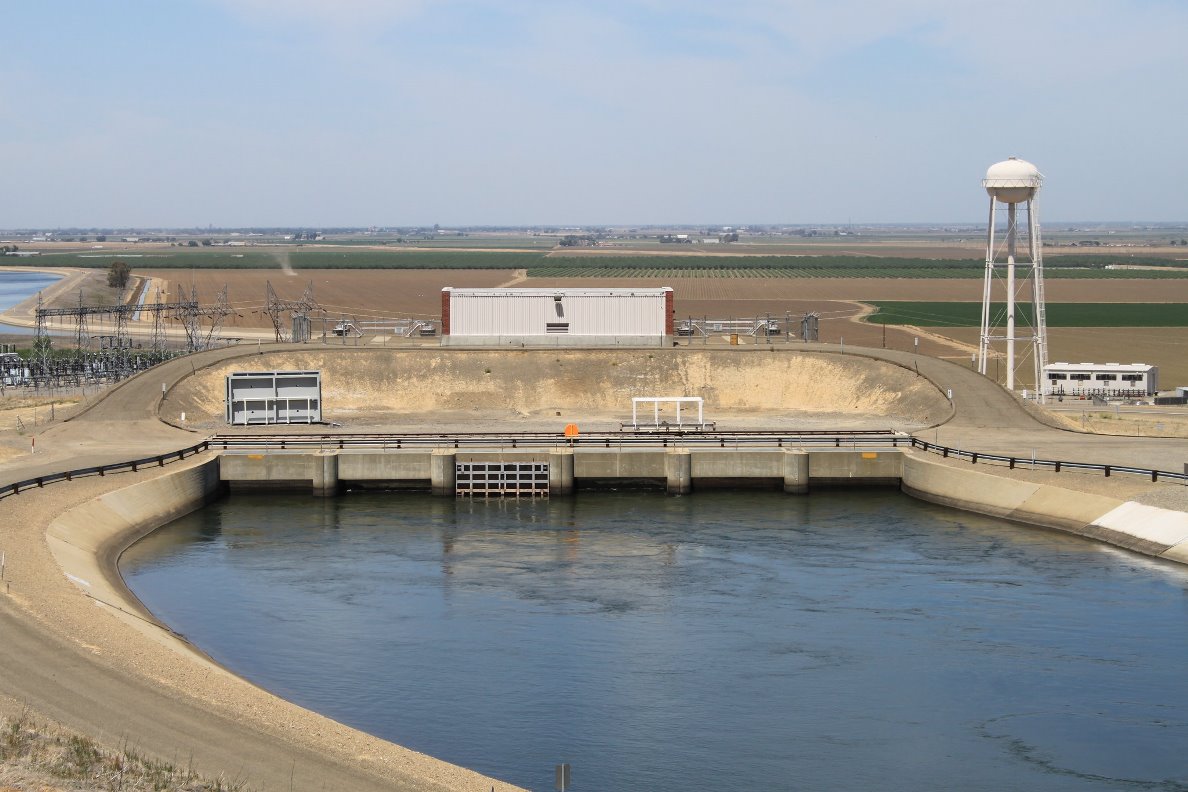
From the PPIC:
Water marketing is an important tool for managing scarce supplies.
-
- In California’s water market, buyers and sellers trade water through short- and long-term leases as well as permanent sales of their water rights. Trading enhances flexibility in water management.
- Short-term transfers lessen the economic impact of shortages during droughts by shifting water to activities and places where the lack of water will be more costly. Long-term and permanent transfers accommodate geographic shifts in water demand as the economy changes and the population grows.
- Today, most trading involves surface water. Some groundwater trading occurs within specially managed basins; this is likely to expand as groundwater users in other basins implement the Sustainable Groundwater Management Act (SGMA).
Click here to read/download the full fact sheet. También disponible en español.
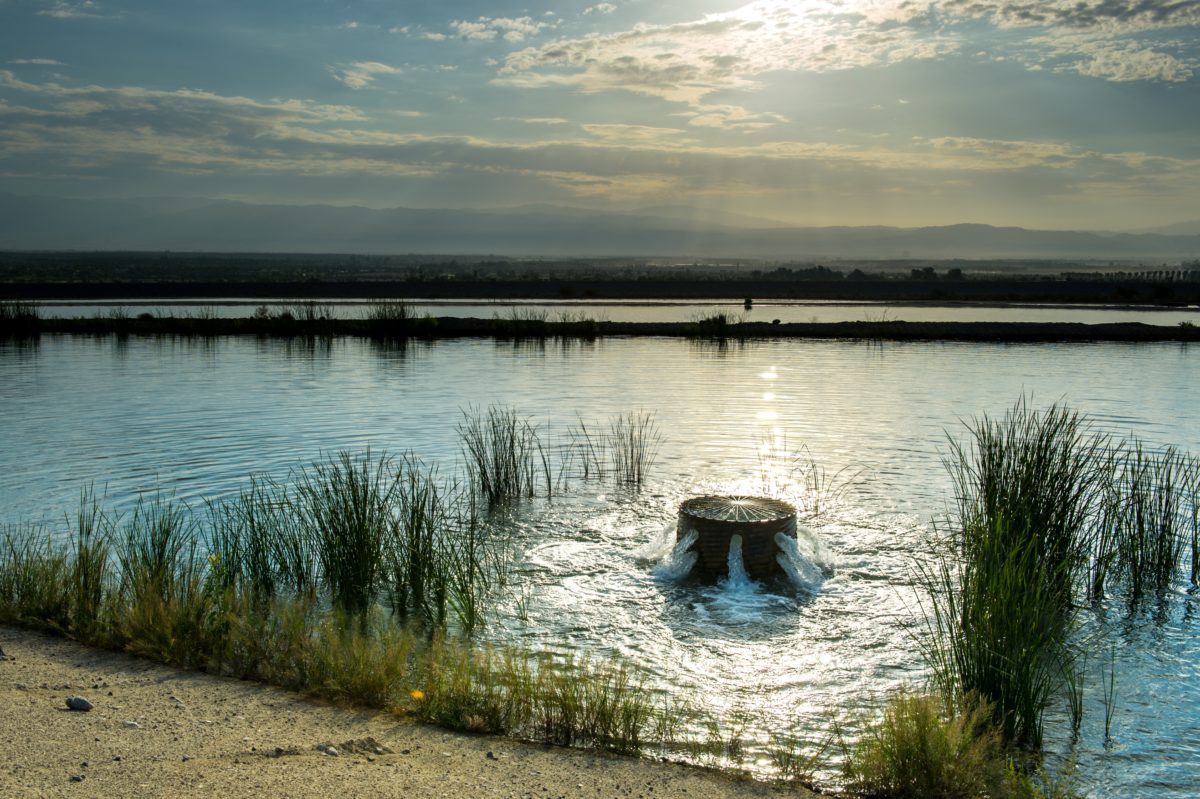
Groundwater recharge is an important water management practice in California.
-
- Recharge occurs when water seeps into the ground to replenish underground aquifers. Although some recharge happens incidentally—water flowing into the ground from rivers, unlined canals, or excess irrigation—intentional recharge can restore groundwater levels and store water for later use.
- In coastal areas, intentional recharge prevents salty ocean water from entering freshwater aquifers. Recharge can also help prevent impacts from groundwater pumping, such as dry wells or sinking lands, while providing wetland habitat for birds, reducing flood risk, and storing water for droughts.
- Active recharge is a longstanding practice in much of urban Southern California and parts of the Bay Area, Central Coast, and Central Valley.
Click here to view/download fact sheet. También disponible en español.

Amid a rapidly worsening drought and a California mandate to bring aquifer withdrawals and deposits into balance by 2040, there’s now growing urgency to better understand the hidden structures of groundwater basins.
One possible solution to balancing the aquifer water budget involves strategically flooding a field, orchard or dedicated recharge pond and letting the water seep down through sandy channels. In research published earlier this month in Vadose Zone Journal, Knight and postdoctoral scholar Meredith Goebel demonstrate a new way to assess sites for this type of managed aquifer recharge using soil measurements and a geophysical system towed by an all-terrain vehicle.
Click here to read this article from Stanford News.
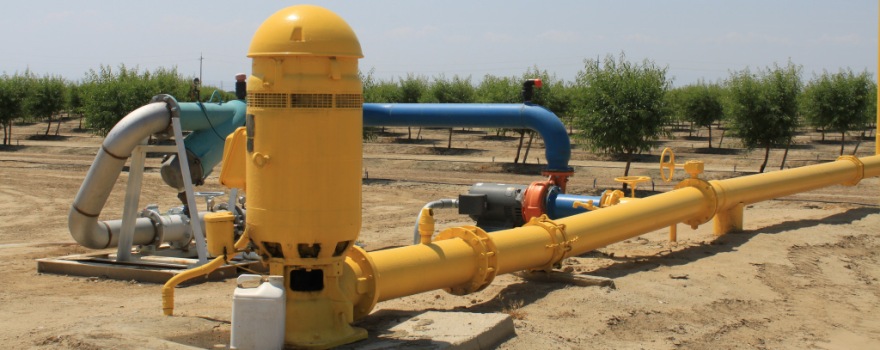
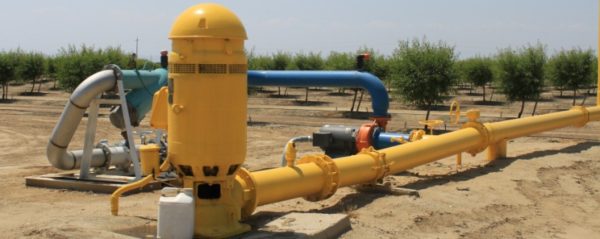 At the Kern County Water Summit held last week, hosted by the Water Association of Kern County, Acting Deputy Director of the Department of Water Resources Statewide Groundwater Management Program Steven Springhorn provided an update on the Department’s progress on SGMA implementation, including the Department’s review of the submitted Groundwater Sustainability Plans and the existing and proposed SGMA-related assistance.
At the Kern County Water Summit held last week, hosted by the Water Association of Kern County, Acting Deputy Director of the Department of Water Resources Statewide Groundwater Management Program Steven Springhorn provided an update on the Department’s progress on SGMA implementation, including the Department’s review of the submitted Groundwater Sustainability Plans and the existing and proposed SGMA-related assistance.
He began by noting the considerable amount of work that has been done the past six years since the law went into effect, includes establishing regulations for the forming Groundwater Sustainability Agencies (or GSAs) and for developing Groundwater Sustainability Plans (or GSPs).
“We are right now at a point where SGMA is hitting its full stride,” said Mr. Springhorn. “There is still a lot of work ahead of us in this next phase, which is full-scale plan implementation over the next 20 years. The local efforts of implementing plans and adaptively managing the groundwater basins will allow us to find solutions to the tough challenges that are out there in order to reach sustainability in 20 years and make measurable progress along the way.”
Click here to read this article at Maven’s Notebook.

Dr. Graham Fogg and DWR’s Jenny Marr discuss the efforts underway to assess the potential for Flood Managed Aquifer Recharge (or Flood MAR)

At the April meeting of the California Water Commission, the Commission continued examining the state’s role in conveyance projects by hearing from two experts on flood-managed aquifer recharge, or Flood MAR. First, Dr. Graham Fogg, UC David professor emeritus of Hydrogeology, discussed scaling up Flood MAR and how that will likely present new conveyance needs. Then, Jenny Marr, Supervising Engineer at the Department of Water Resources, outlined the state’s approach to flood Mar.
GRAHAM FOGG: Flood-MAR Perspective: American-Cosumnes Basin Experience
Dr. Graham Fogg’s presentation gave the big picture perspective on Flood MAR and highlighted a case study underway in the American-Cosumnes basin as part of a UC Water initiative since 2014.
He began by pointing out California is not alone in having groundwater problems. Groundwater depletion is a global problem. Depleted aquifers are being increasingly written about all over the world. In some cases, it’s becoming an existential crisis in water security.
Why is that? Dr. Fogg noted that since we’ve been developing groundwater, which has only in the last 50-70 years at high amounts, we’ve concentrated mainly on pumping it.
“Typically, we pump the groundwater and hope for the best,” he said. “The alternative in terms of managing it, now we can pump groundwater, is that we can also do things that increase the groundwater storage; we can replenish the groundwater. So one way to look at it is we’ve worked a lot harder in the last 50 years or so in pumping groundwater than we have in replenishing it.”
Click here to continue reading at Maven’s Notebook.

Floodwaters are not what most people consider a blessing. But they could help remedy California’s increasingly parched groundwater systems, according to a new Stanford-led study. The research, published in Science Advances, develops a framework to calculate future floodwater volumes under a changing climate and identifies areas where investments in California’s aging water infrastructure could amplify groundwater recharge. As the state grapples with more intense storms and droughts, stowing away floodwaters would not only reduce flood risks but also build more water reserves for drier times.
“This is the first comprehensive assessment of floodwater recharge potential in California under climate change,” said study lead author Xiaogang He, an assistant professor in civil and environmental engineering at the National University of Singapore who pursued the research as a postdoctoral fellow at Stanford’s Program on Water in the West.
Click here to read more at Stanford News.
 While most Californians enjoy the convenience of having water to drink, cook and clean, many communities, including the small underrepresented communities in California’s San Joaquin Valley, face water scarcity challenges. In Fairmead, CA, an unincorporated community 12 miles north of Madera, CA, there are approximately 1,400 residents, with 200 residents connected to the community well and the remaining residents on domestic private wells. Though demographics have shifted, Fairmead continues to be a predominantly community of color. In the 1950’s and 1960’s Fairmead was primarily African American. Today, the community is approximately 70% Hispanic and 7% African American.
While most Californians enjoy the convenience of having water to drink, cook and clean, many communities, including the small underrepresented communities in California’s San Joaquin Valley, face water scarcity challenges. In Fairmead, CA, an unincorporated community 12 miles north of Madera, CA, there are approximately 1,400 residents, with 200 residents connected to the community well and the remaining residents on domestic private wells. Though demographics have shifted, Fairmead continues to be a predominantly community of color. In the 1950’s and 1960’s Fairmead was primarily African American. Today, the community is approximately 70% Hispanic and 7% African American.
The community of Fairmead was hard hit by the last statewide drought which lasted between 2012 and 2016. To this day, Fairmead continues to experience the impacts of declining groundwater levels. Victoria “Vickie” Ortiz and her family experienced first-hand the water challenges exacerbated by the most recent drought. In the summer of 2016, Vickie’s well went dry for over a year and a half. Unfortunately, this did not come as a surprise, as many of her neighbors with shallow wells had also gone dry. A growing demand of water for crop irrigation, coupled with the drought, led to groundwater overdraft.
Click here to continue reading at the NGO Collaborative.













